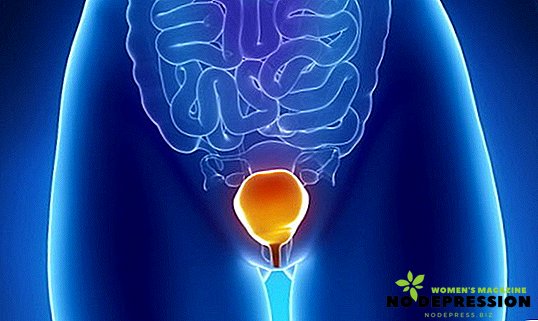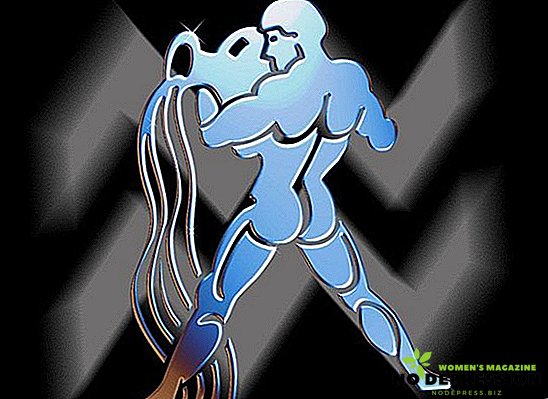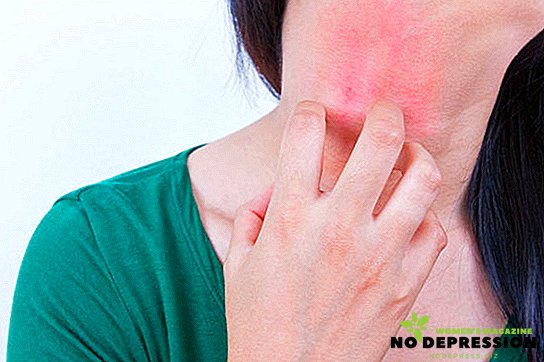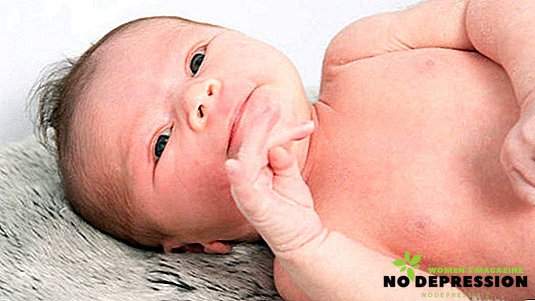There are many diseases of the bladder in women, which differ in the causes and symptoms. It is very important to identify the disease in time to start treatment.

General principles of treatment
At the first symptoms of inflammation, you need to visit a specialist who can make an accurate diagnosis. After that, appropriate therapy is selected depending on the reasons that provoked the pathology.
There are several recommendations that will significantly alleviate the patient's condition:
- heavy drinking;
- bed rest;
- foot baths;
- hot water bottles on the lower abdomen.
It is also important to correct the food: exclude spicy, salty, smoked dishes. During inflammation of the bladder, sexual activity should be abandoned. If you do not treat the disease, the infection will continue to spread and the disease may take a chronic form.
Also remember that folk methods can not be completely cured. A person can diminish their symptoms, relieve pain, but not expel the infection from the body. If any adverse factors occur, it will quickly make itself felt, and in this case the treatment will be more difficult.
For cystitis and other inflammatory diseases, it is not recommended to take baths entirely. It is better to restrict foot baths or warming feet. An important part of the treatment is the intake of antibacterial drugs that the doctor must pick up. Self-treatment may trigger a serious complication.

The main diseases of the bladder: symptoms and treatment
Most often, women face diseases such as cystitis, cystalgia, cancer, and urolithiasis. Each of these pathologies has its own characteristics, which make it possible to make a preliminary diagnosis on the basis of the patient's complaints. After that, the specialist prescribes additional tests and tests that will help confirm or deny the presence of the disease.
Cystitis
Cystitis is an inflammation of the bladder, which is manifested by severe pain when urinating. Pain gives to the genital area, and patients also complain of increased urge to urinate. Most often, cystitis occurs with hypothermia, after severe nervous stress, and other adverse situations.
The peculiarity of the disease is that pain is concentrated in the bladder area and does not affect other organs.
When trying to self-diagnose a great risk to take for cystitis appendicitis, which can cause a serious inflammatory process in the abdominal cavity.
Therefore, a visit to a medical facility is mandatory. Treatment is carried out with antibiotics.
The most famous of them are Ampicillin, Ciprofloxacin. Excellent results are shown by Cyston, since it solves several problems simultaneously: it cleans the urinary system, removes sand. Herbal preparations, sour drinks are used as treatment aids, as they help to alleviate the patient's condition and speed up the removal of the infection from the body.
Cystalgia
This disease is similar in symptoms to cystitis. However, there are no signs of inflammation. A woman usually complains of severe pain during urination, constant discomfort and muscle tension. Perhaps a feeling of incomplete emptying, which makes visiting the toilet more often.
Pathology is neurological in nature, so treatment is aimed at stabilizing the work of the nervous system. Psychotherapy and the use of sedatives are recommended for patients. Useful walks, sports, physical activity. Excellent results gives yoga, because it helps to normalize the functions of all body systems.
According to experts, cystalgia is most often found in impressionable women who are acutely reacting to any problems.
Urolithiasis disease
When sand or stones form in the bladder, pain appears periodically. If the sand begins to move, then the pain occurs in the lower abdomen, it can give to the genital area, back. In this case, the patient's condition improves significantly after the release of sand or stone.
A person starts visiting doctors only when stones or sand move. This pathology is treated by changing the diet and taking special preparations. Effective Cystone, because it allows you to remove sand and small stones from the kidneys and bladder.
However, self-medication is contraindicated, since the person alone cannot determine the size of the stones. Indeed, with their large size, surgical intervention is indicated.
Crayfish
This disease may not manifest itself for years, and then accidentally show up during a routine inspection. Most often, pain occurs against the formation of metastasis, when treatment is difficult. Patients may complain of severe discomfort in the lower abdomen. The pain gives back, adjacent organs with the perineum. It is important to determine the extent of organ damage and the rate of development of the disease.
Surgical intervention is required to remove a neoplasm. If the disease is very advanced, then resort to removal of the affected organ. Next, radiation therapy is carried out to finally kill the cells. In the first stage, the cancer is treated successfully, the prognosis is favorable.
Basic preventive measures
In order to avoid inflammatory processes in the pelvic organs, you can use the available and simple tips:
- follow the rules of personal hygiene;
- avoid hypothermia;
- strengthen the immune system;
- visit doctors in a timely manner;
- time to get rid of any inflammation in the body;
- Do not forget about exercise.
It is also important to visit the gynecologist in time to identify the presence of inflammatory processes, which are easier to treat at an early stage. Physical activity will help to avoid stagnant processes, because many of them are the starting mechanism for pathology. And if you add to this change in diet, many diseases of the bladder will bypass.












